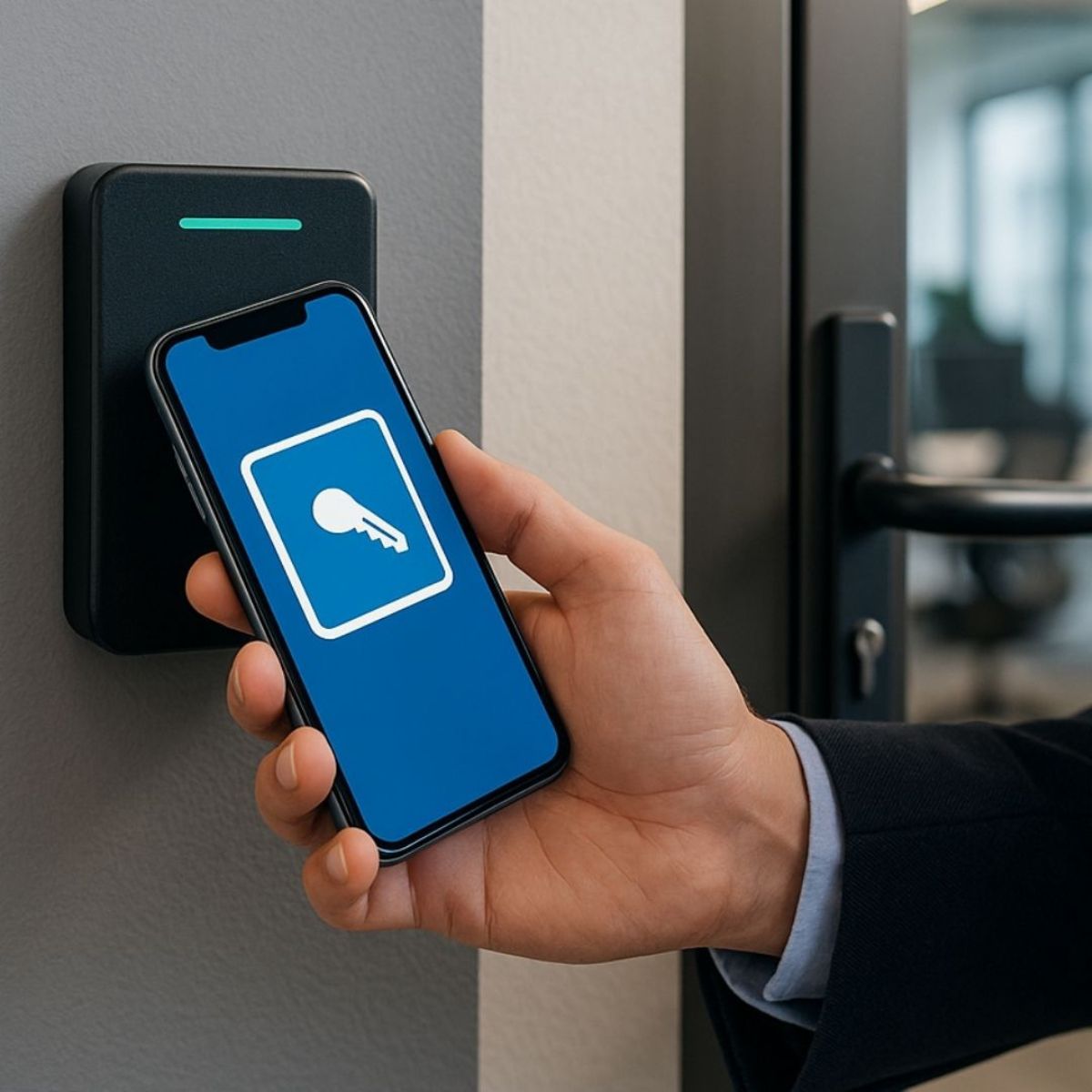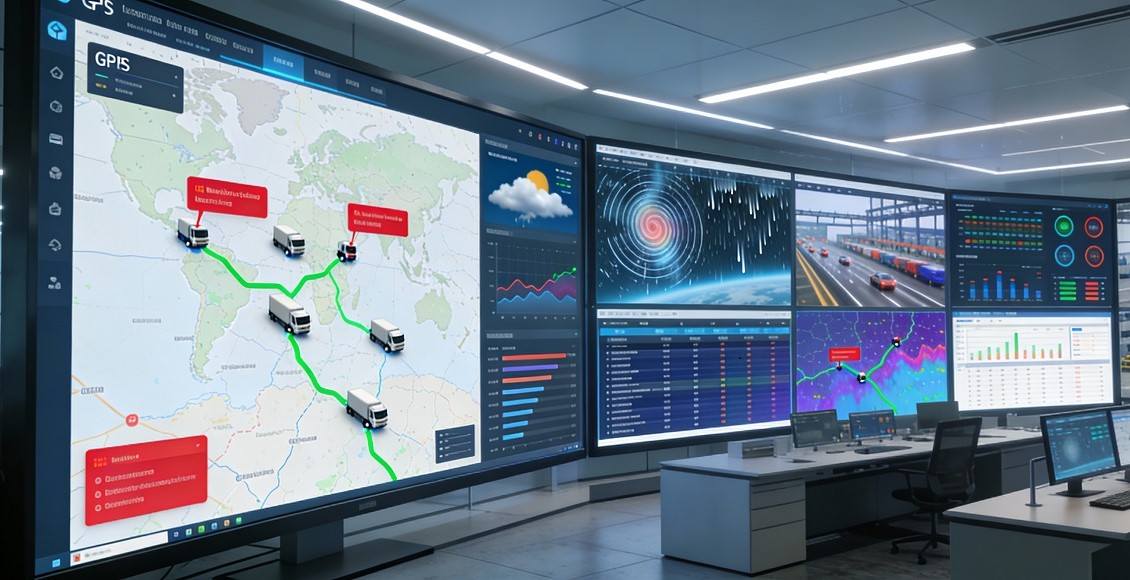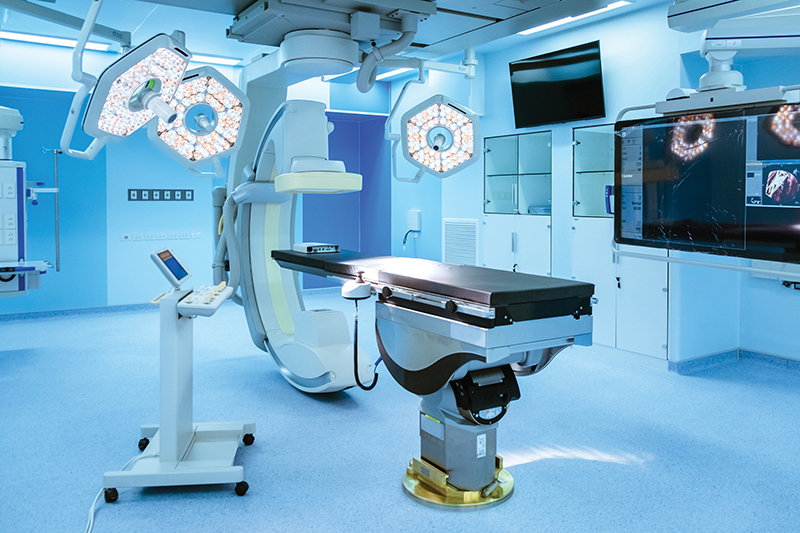The electrical industry is evolving rapidly within the global energy transition. Worldwide, nations aim for net-zero emissions by 2050. By integrating renewables and advancing smart technologies, electrical installations contribute to a sustainable future.1
Reading time: 3 minutes
Wiring and Electrical Planning: Digital Transformation from the Ground Up
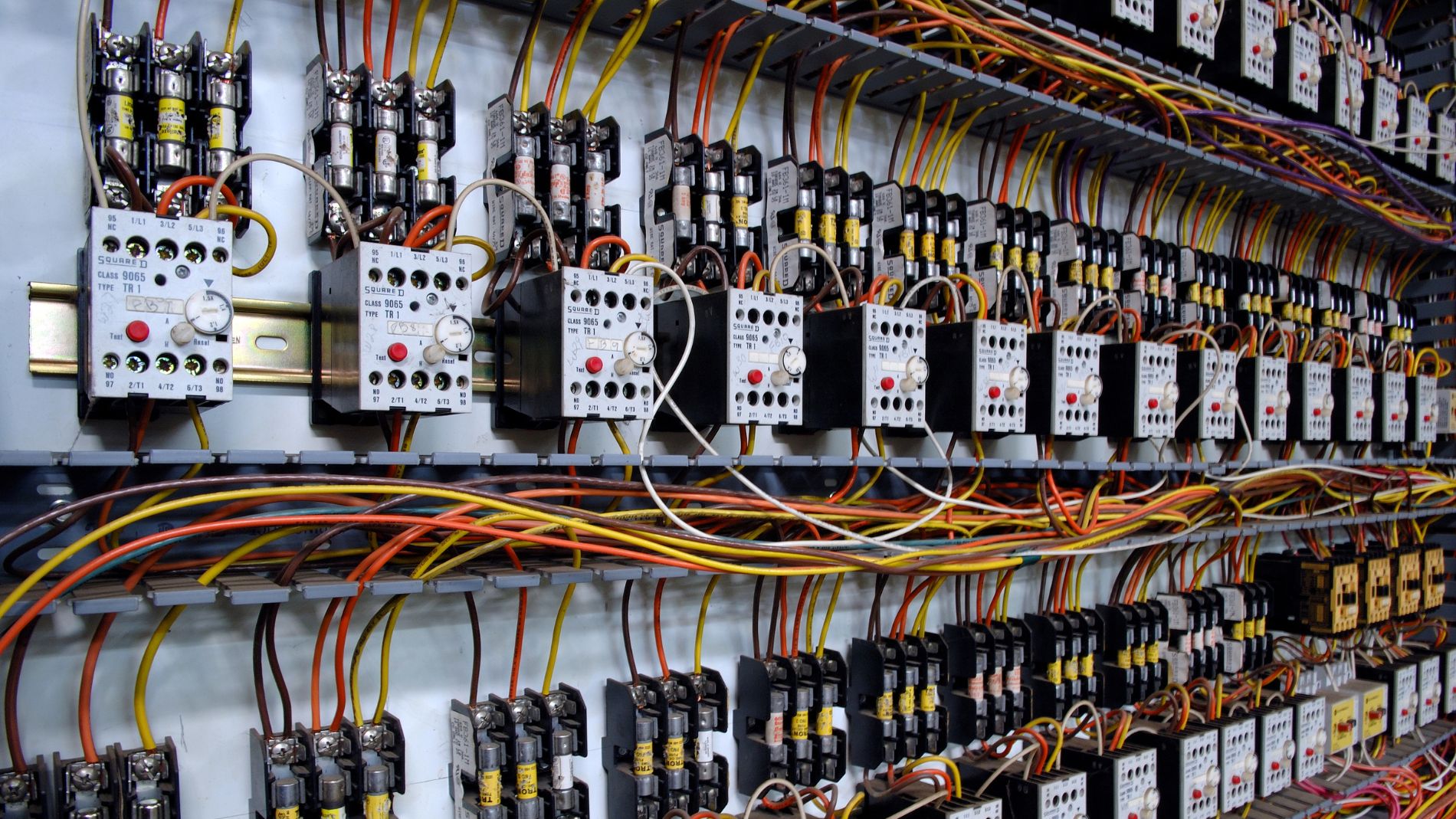
With advancements in technology, digital tools and simulations now play a crucial role in planning electrical systems. Whether in residential or commercial buildings, digital simulations help engineers and architects design efficient electrical wiring layouts, ensuring that energy is distributed effectively across various systems.
Increasingly, artificial intelligence (AI) is being leveraged during the planning phase to determine the optimal placement for outlets, switches, and other electrical systems. This minimizes human error and provides flexibility for future upgrades or maintenance. In many parts of the world, these digital blueprints are stored to assist with long-term building management, ensuring that both current and future electrical needs are met.
Renewable Energy Integration: Future-Proofing Energy Use
Globally, the shift towards renewable energy is not just a trend but a necessity for sustainable development. The installation of solar panels, wind turbines, and heat pumps is now common practice in new building projects across Europe, North America, and parts of Asia. These systems are integrated into smart buildings, which monitor and adjust energy use in real time. This minimizes reliance on fossil fuels and maximizes energy efficiency.
For example, in a smart building equipped with solar panels, the system can monitor the building's electricity usage and automatically redirect energy where needed, adjusting lighting and heating as required. The key to making this work effectively lies in a well-designed electrical installation, which links the renewable energy systems directly to the energy consumption grid.
Safety, Accessibility, and Automation: Expanding the Scope of Electrical Systems
Modern electrical installations go beyond energy efficiency—they also address safety, accessibility, and automation. Below are some of the most significant areas of application:
- Safety: Smart electrical systems allow users to remotely manage security systems, such as access control or fire alarms. For instance, smart locks can be programmed to allow access for emergency services, even when the building is unoccupied. In some countries, new arc fault detection devices (AFDDs) are being installed in buildings, automatically cutting off the power in under a second if an electrical fault is detected, preventing potential fires.
- Accessibility: With an aging global population, accessibility features are becoming increasingly important. For example in the U.S., the Americans with Disabilities Act (ADA) emphasizes the need for accessible buildings, which includes integrating user-friendly electrical systems that are easy to operate. Electrical installations must accommodate additional outlets and enhanced safety systems to ensure ease of use for individuals with disabilities2.
- Automation: Smart home technology is no longer a luxury; it is becoming a standard feature in new construction. Automated lighting, heating, and security systems can now communicate seamlessly with each other, thanks to open-interface technology. This ensures that as new technologies emerge, they can be easily integrated into existing building infrastructure.
Seamless Integration of New Systems: Open Interface Technology
One of the biggest challenges in the electrical installation industry has been integrating systems from various manufacturers. However, open-interface technology is making this process much smoother, allowing seamless communication between devices. This flexibility is crucial for future-proofing buildings, enabling the integration of new technologies as they emerge without needing to overhaul the entire system. In regions like Europe and North America, where building regulations frequently evolve, this capability ensures that buildings remain up-to-date with the latest energy and safety standards.
The Role of Electric Mobility in Electrical Installation Trends
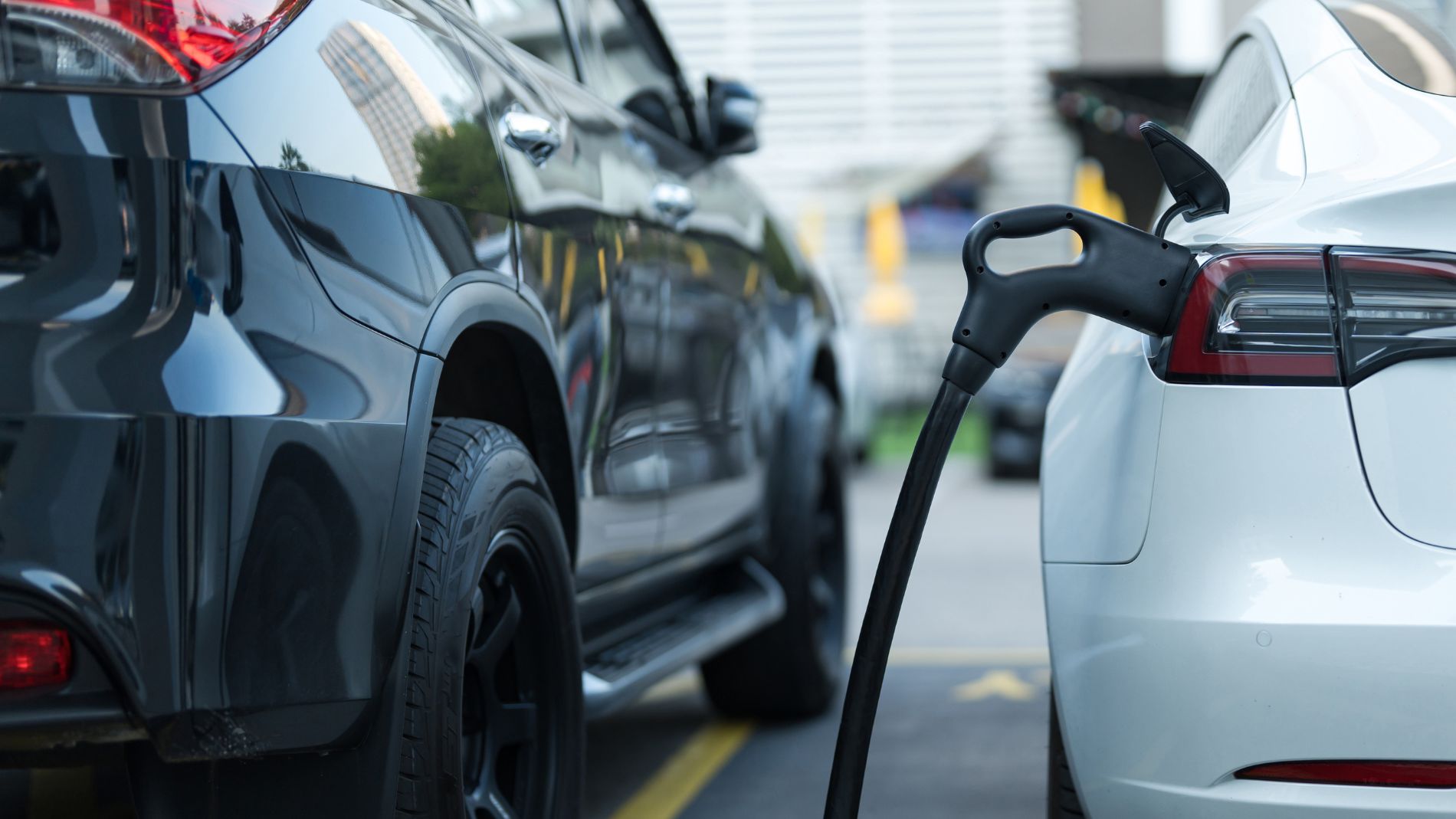
As electric vehicles (EVs) become more popular globally, there is increasing demand for EV charging stations. In the U.S., for example, the number of registered EVs is expected to exceed 27 million by 20303, which will require a robust infrastructure for charging. Electrical installations must now incorporate smart wallboxes, which allow vehicles to be charged using excess energy from solar panels. These smart systems communicate with the building's energy management network, optimizing the charging process and ensuring the vehicle is charged safely and efficiently.
FAQ
What technologies are used in future-proof electrical installations?
Smart grids are increasingly used to monitor energy production and consumption in real time. They rely on a network of sensors and actuators that collect data and communicate it across various systems, ensuring optimal energy distribution. Other technologies include renewable energy systems like solar panels, wind turbines, and energy storage solutions for excess energy.
How do intelligent control systems contribute to energy efficiency?
Intelligent systems use AI and machine learning to analyze real-time data, such as temperature and energy use patterns. By automating adjustments to heating, lighting, and cooling, these systems maximize energy efficiency and minimize waste. Over time, they learn from usage patterns and make predictive changes, further improving efficiency.
What role do renewable energies play in modern electrical installation?
Renewable energy is becoming a cornerstone of new electrical installations. Solar panels, wind turbines, and geothermal energy systems are commonly included in building designs, particularly in regions focused on achieving net-zero emissions. These systems can be integrated with smart building technologies to provide a sustainable energy supply while reducing reliance on non-renewable sources.
